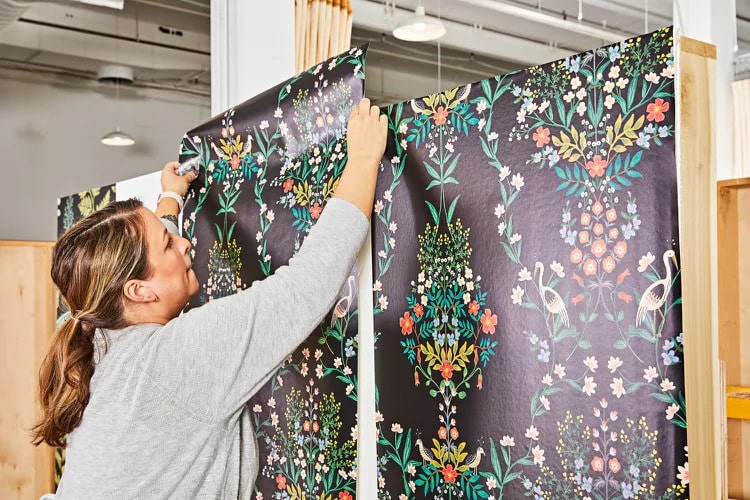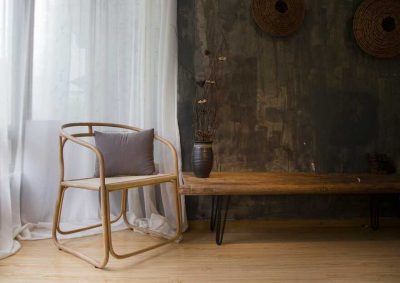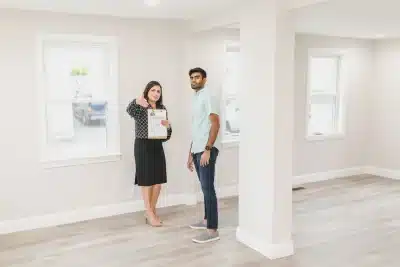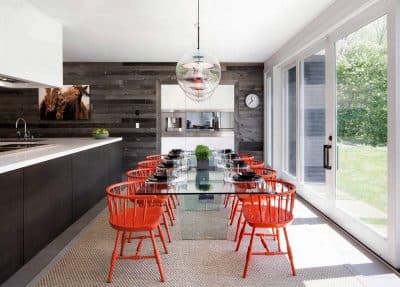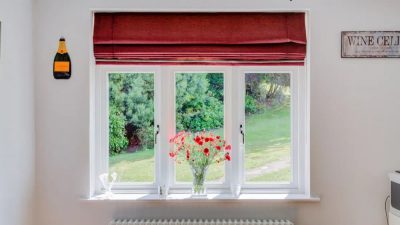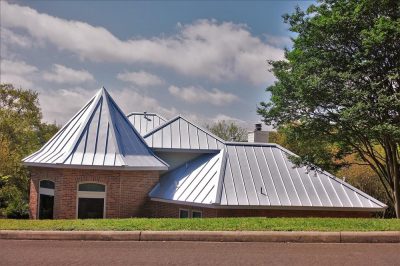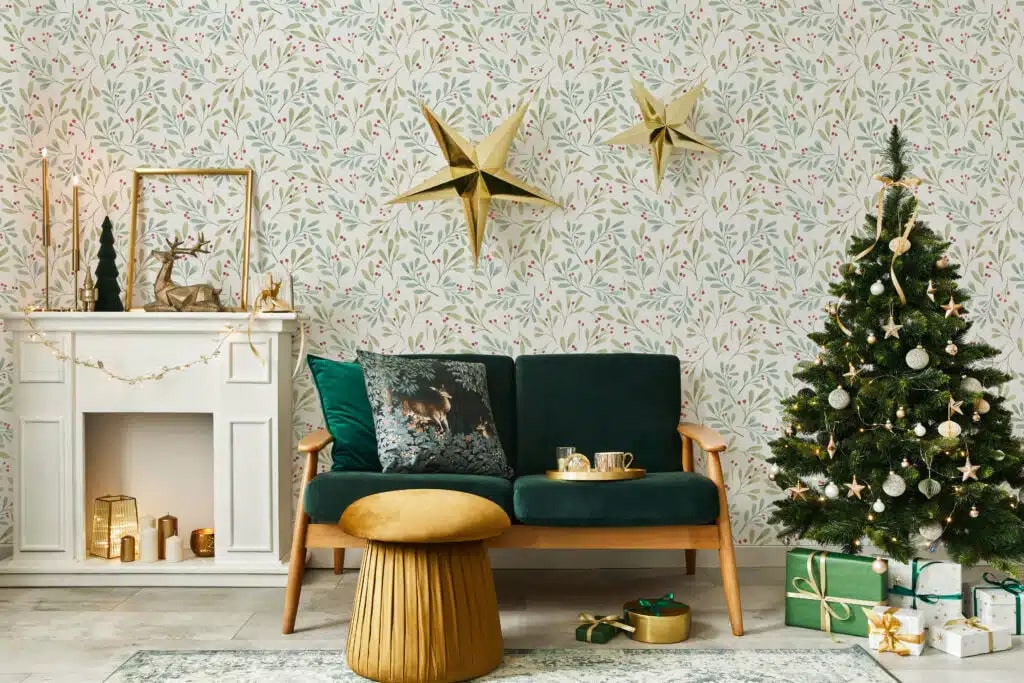
Peel-and-stick wallpaper is promoted as the ideal answer for tenant decorators. Stick it on the wall, and on the off chance that you could do without it, bring it down and begin again with another look. Yet, is it that simple?
Interior design and DIY specialists say there’s something else entirely to it, and throughout the long term, they’ve taken in some things about getting peel-and-stick wallpaper right.
Here are the six things you need to know about stick wallpaper, from installation to disposal.
Be cautious on matte-painted surfaces.
The name “peel and stick” can give DIYers a misguided feeling of safety as they cover their walls in bright, transitory examples.
Inside creator Sarah Barnard cautions that peel-and-stick paper can now and again harm painted surfaces, especially those with matte and level completions.
“While non-permeable surfaces are more impervious to the cement in peel and-stick papers, remember there’s dependably the chance of harm and essential drywall fix after evacuation,” she says.
For best outcomes, ensure you don’t matter peel and stick to newly painted surfaces, which are more sensitive; all things being equal, give the paint half a month to fix, which will assist with forestalling, chipping, and peeling upon the evacuation of the peel and stick.
Temperature can break or make the application.
Regardless of whether you go in with all the expected wall prep — sanding, cleaning, drying — there’s one part of prep that can dodge even the most experienced DIYers: temperature. It’s the variable that, tragically, you can’t completely control, yet it assumes a basic part of the application cycle.
Too sticky, too hot, and even too-chilly air can introduce issues for application; they’ll all influence the glue, which could experience difficulty grasping the wall you’re applying to.
Furthermore, Maegan Bucur, author and proofreader in-boss at Beat of the Home, suggests ensuring your paper is in harmony with your home.
“At times, the actual wallpaper should be a similar temperature as the room it is introduced in for basically a day,” she says.
Try not to store paper in a vehicle, carport, or other uninsulated space; on second thought, let it adapt to the temperature in the room where you intend to introduce it.
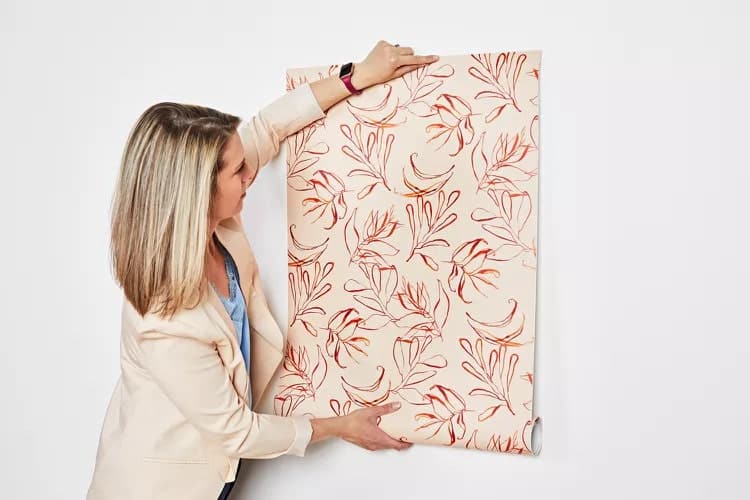
It’s less expensive than traditional paper.
Assuming you’ve looked over the web for peel-and-stick wallpaper at any point, you know that it’s regularly substantially less costly than conventional wallpaper.
By and large, that is halfway because the rolls are more modest. In any case, notwithstanding, there’s as yet a cost contrast.
Furthermore, there is the work cost of investment funds since numerous DIYers can handle the peel-and-stick process alone, with restricted apparatuses and materials (no glue, rollers, wipes, or smoothers required).
It’s less strong than traditional wallpaper.
Since peel-and-stick wallpaper is often publicized as a tenant-cordial other option, it has yet to be dependable.
“Project workers will raise the way that peel and-stick wallpaper isn’t as sturdy or enduring as PVC or covered vinyl,” Bucur says.
Notwithstanding, she adds, “For individuals who need to change the paper consistently, that can really be a surprisingly good development.”
If you like to change the vibe of your home consistently or two, peel and stick is the best approach.
Wrinkles are an issue.
With a traditional wallpaper, you can frequently streamline any kinks, wrinkles, or air pockets that surface while the paper is wet. It’s more complex with the vinyl-like surface of peel and stick.
The paper might fall off the roll crumpled — especially on the off chance that it’s a spending plan well-disposed brand — and there’s little any desire for returning. You can decide to overlook it or cut that part off altogether.
Persistence is required for kinks and air pockets that structure while applying the paper to the wall. Apply a little segment of paper at a time and use a fresh edge — like a charge card — to assist with figuring out any knocks before continuing.
There are countless purposes past walls.
The removable wallpaper can be utilized for makeovers of all shapes and sizes. It can turn into a go-to Do-It-Yourself material for projects from cabinet liners to furniture shine-ups to shelf backgrounds.
What’s more, when you become weary of the look, you can peel the paper off and begin new.
